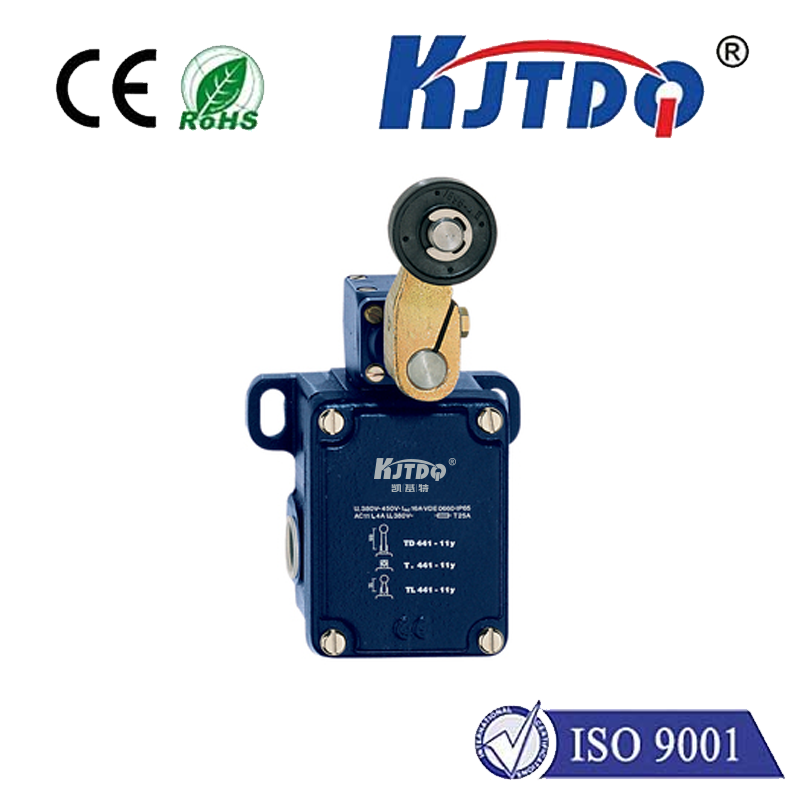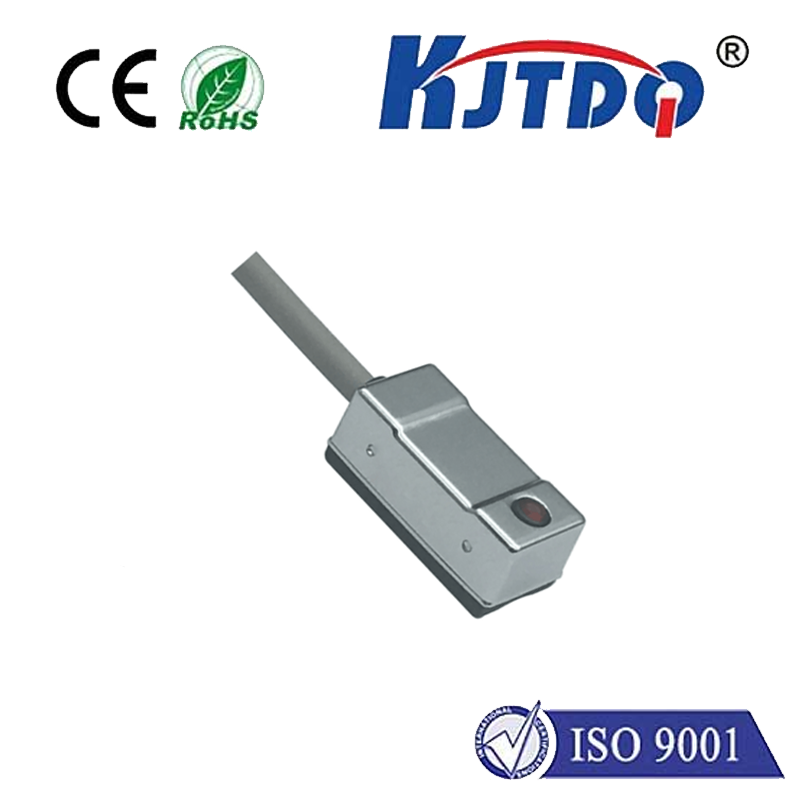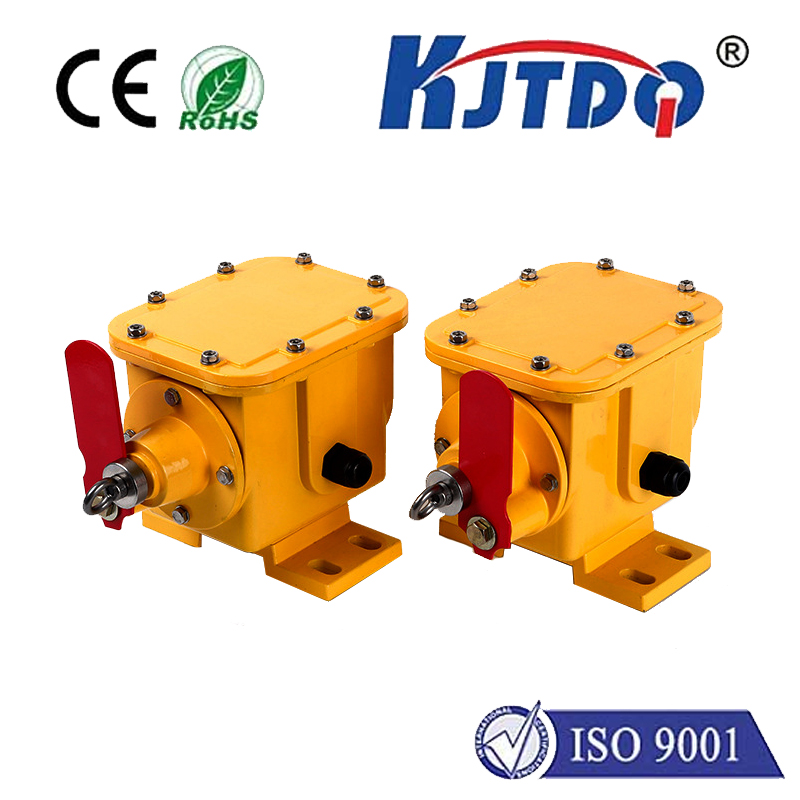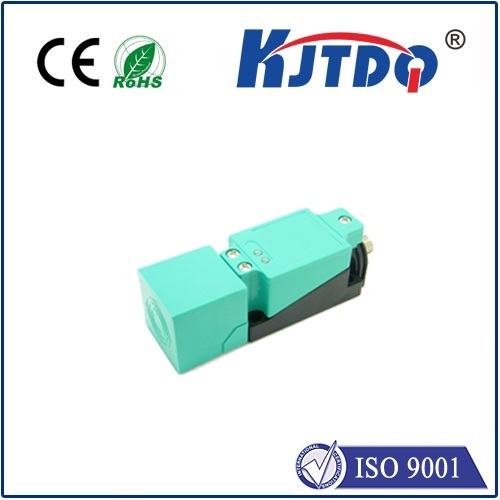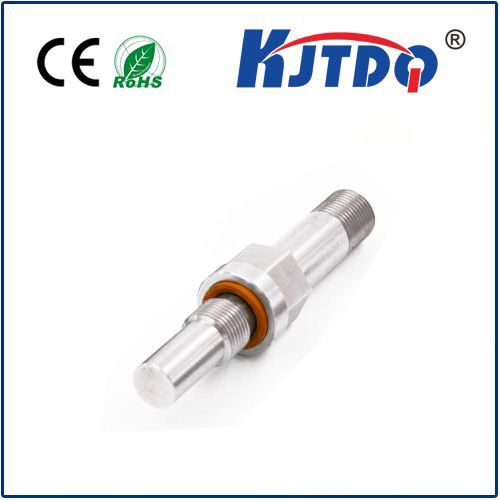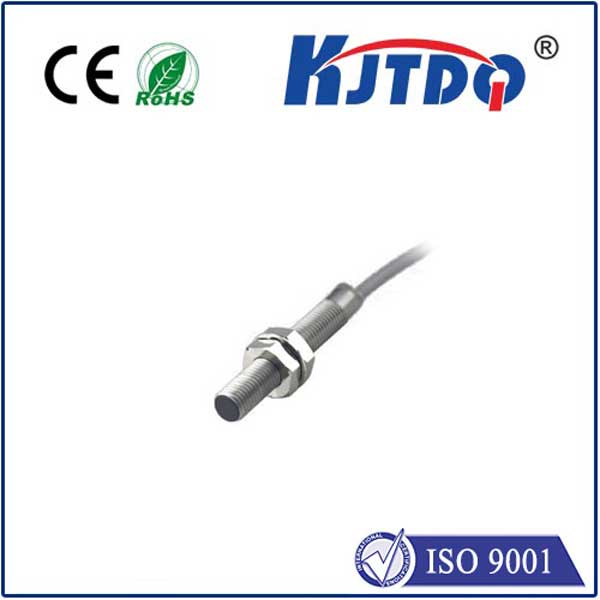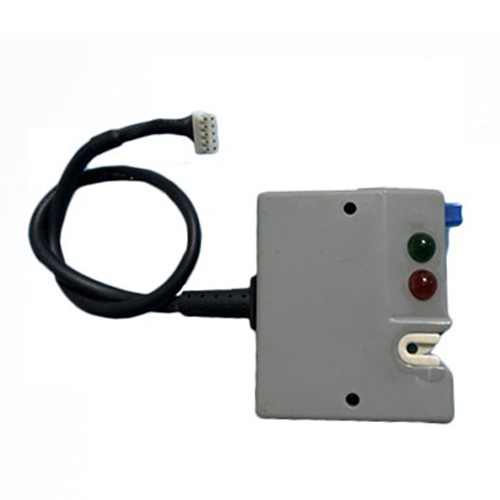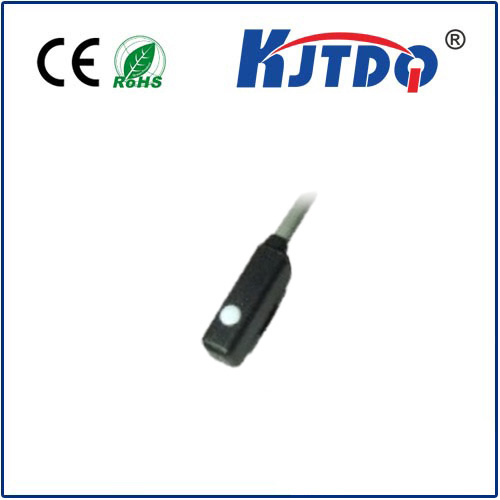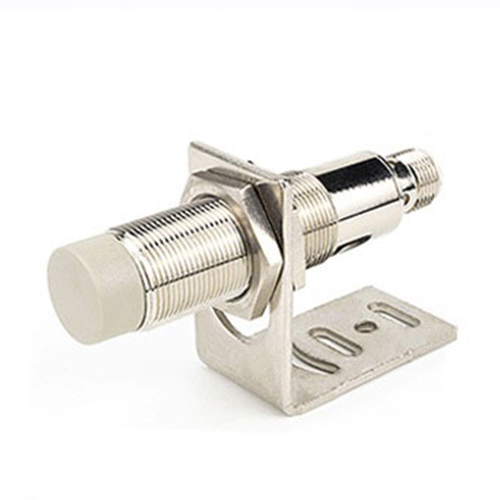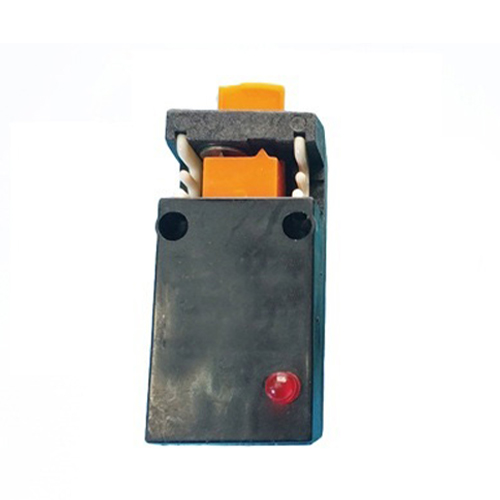

check

check

check

check

check

check

check

check

check

check
Imagine the searing heat inside a jet engine turbine, exceeding 1,700°C (3,092°F), or the controlled inferno of an industrial furnace baking ceramics at over 1,500°C (2,732°F). How do engineers and scientists reliably and accurately measure temperatures in such punishing conditions where ordinary sensors would quickly fail? The answer lies with a specialized class of instruments: high temperature probes. These engineered marvels are the unsung heroes enabling safety, efficiency, and quality control across critical industries operating at the thermal frontier.
At their core, high temperature probes are sensors specifically designed to withstand and accurately measure temperatures typically starting around 400°C (752°F) and extending upwards to 2,300°C (4,172°F) or even higher, depending on the technology. Unlike standard thermocouples or RTDs, these probes incorporate specialized materials and construction techniques crucial for survival and performance in extreme environments. Precision temperature measurement under these conditions isn’t just desirable; it’s often absolutely critical to prevent catastrophic failure, ensure product consistency, maintain process efficiency, and guarantee personnel safety.
Several key technologies empower probes to conquer extreme heat:

Platinum Resistance Temperature Detectors (PRTDs): Known for superior accuracy and stability over a wide range, standard platinum RTDs (like Pt100) typically max out around 600°C (1,112°F). However, specialized high temperature RTDs, using high-purity platinum wires and ceramic sheaths, can reliably operate up to 850°C (1,562°F) and even higher in specific configurations. Their linear output is highly prized.
Radiation Pyrometers (Non-Contact): For surfaces too hostile for physical probes, these instruments measure temperature by detecting the infrared radiation emitted by an object. They are indispensable for molten metals, glass surfaces, or fast-moving objects. While not a “probe” in the traditional contact sense, they represent another vital tool for extreme environment monitoring.
The Crucial Role of Construction: Technology is only part of the story. The physical construction of a high temperature probe is paramount to its survival and accuracy:
Where High Temperature Measurement is Non-Negotiable: The applications demanding these specialized probes are diverse and often mission-critical:
Selecting the Right High Temperature Probe: Choosing the optimal high temperature probe isn’t guesswork. Key considerations include:
Conclusion: In the relentless pursuit of operating at higher efficiencies, developing advanced materials, and pushing technological boundaries, the ability to know the temperature with confidence in extreme environments is fundamental. High temperature probes, leveraging specialized alloys, ceramics, and sensing technologies, make this possible. They are not merely components; they are critical enablers of safety, quality, innovation, and operational excellence across industries where the margin for error is razor-thin. Selecting and deploying the right probe for the specific thermal and chemical challenges cannot be overstated – it’s a foundational element for success in the hottest corners of our engineered world.
